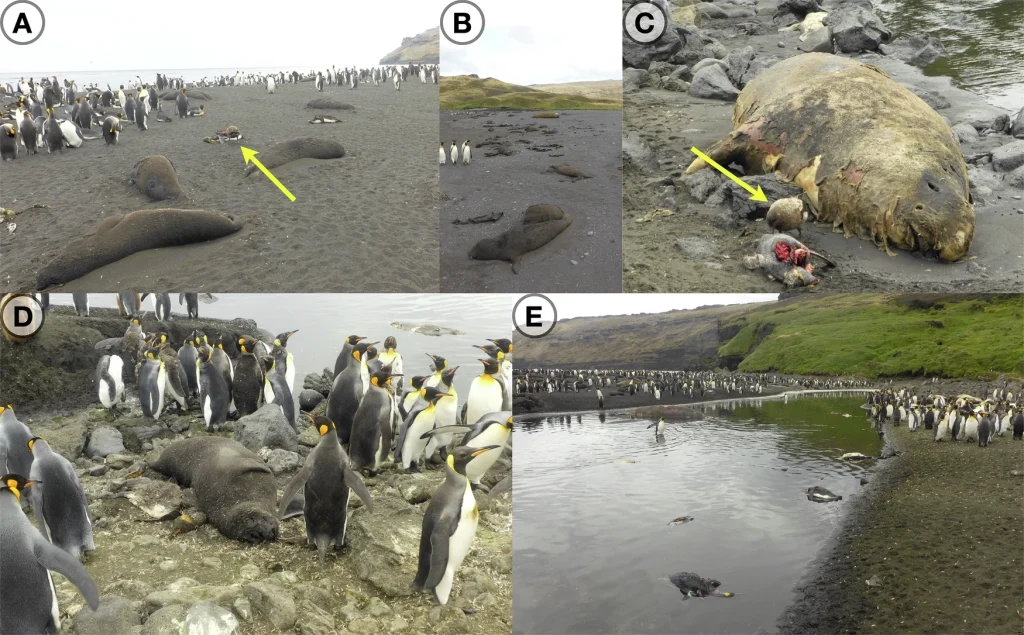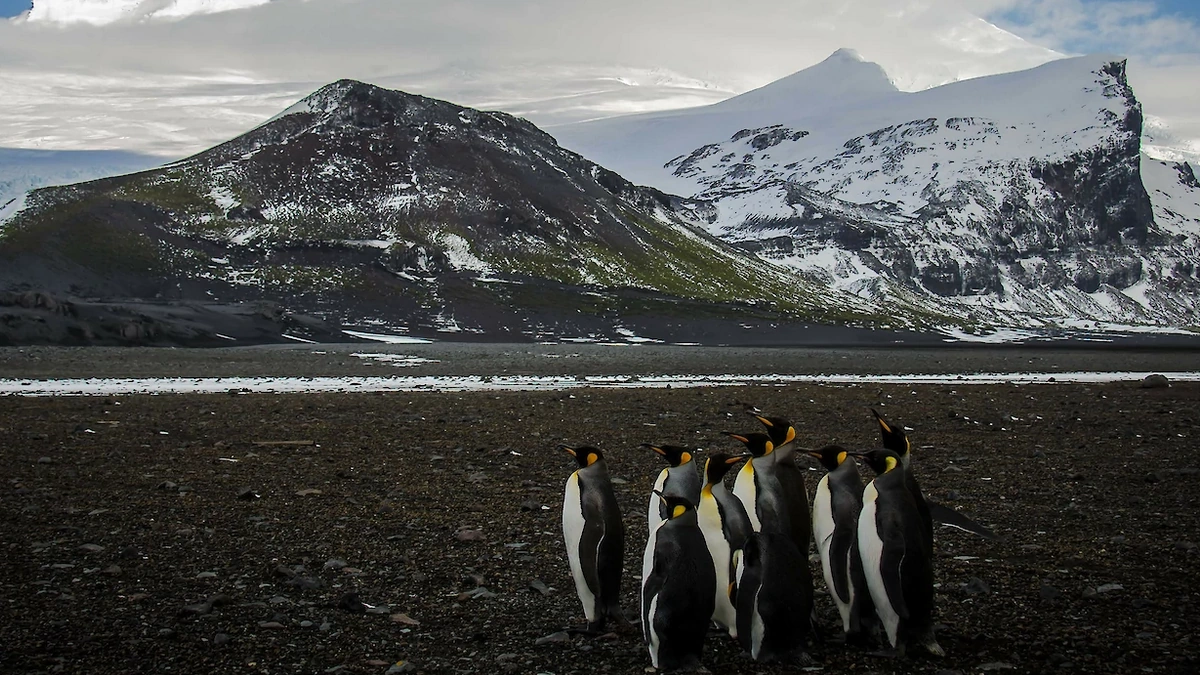A suspected outbreak of highly pathogenic avian influenza (HPAI) H5 has been reported on sub-Antarctic Heard Island, located about 4 000 km (2 485 miles) southwest of Perth and 1 700 km (1 056 miles) north of the Antarctic mainland.
Researchers aboard the Australian Antarctic Division’s RSV Nuyina reported abnormally high mortality of Southern elephant seals during a management and research voyage on October 23. Samples were collected and transferred to Australian laboratories for diagnostic testing.
The Department of Agriculture, Fisheries and Forestry (DAFF) and the Department of Climate Change, Energy, the Environment and Water (DCCEEW) confirmed that the clinical signs were consistent with H5-type infection, but clarified that confirmation is pending until mid-November 2025.
Heard Island and the McDonald Islands are uninhabited Australian territories in the Southern Ocean. They support dense populations of seals, penguins, and seabirds.
Some of these creatures may have been exposed to the pathogen earlier and introduced it into the ecosystem. The density of colonies makes rapid virus transmission almost inevitable, leading to high mortality rates in infected birds and mammals.
If confirmed, the detection would be the first recorded H5 event in an Australian sub-Antarctic territory. Australia remains the only continent free from the HPAI H5N1 clade 2.3.4.4b strain.
 Carcasses of southern elephant seals and king penguins on Petite Manchotière, Possession Island, Crozet archipelago. Credit: Jérémy Tornos/Mathilde Lejeune, CNRS/IPEV
Carcasses of southern elephant seals and king penguins on Petite Manchotière, Possession Island, Crozet archipelago. Credit: Jérémy Tornos/Mathilde Lejeune, CNRS/IPEV
The HPAI H5N1 clade 2.3.4.4b variant was first detected in the Netherlands in late 2020 and has since spread to every continent except Australia and Antarctica.
It has adapted to infect a wide range of hosts, including poultry and numerous mammalian species, such as seals, minks, and cattle. Key genetic features, such as the G226L/N224K substitutions in the HA protein and a long NA gene stalk, add to its increased potential for mammalian adaptation and human-to-human transmission.
This is the same virus that caused mass deaths of brown skuas (Stercorarius antarcticus), kelp gulls (Larus dominicanus), and elephant seals (Mirounga leonina) in South Georgia, the South Sandwich Islands, and the Antarctic Peninsula during 2023-24.
Earlier detections occurred in South Georgia (2022) and Falkland Islands (2023), both linked to the 2.3.4.4b variant. This shows the virus’s capacity to survive in extreme polar ecosystems carried by migratory seabirds such as skuas and petrels.
The virus has already infected over 150 bird species and at least 30 mammal species, including sea lions, seals, and foxes. Transmission among mammals is uncommon but documented under dense colony conditions. Marine mammals are highly susceptible to infections through contact with contaminated carcasses or infected birds.
Human infections originating from wild populations remain extremely rare, but the World Organization for Animal Health (WOAH) continues to monitor interspecies transmission closely. Australia’s current surveillance program, coordinated by DAFF, maintains heightened testing in migratory bird routes.
The detection of H5 in Heard Island’s ecosystem could affect endemic species, including the Heard Island shag (Leucocarbo nivalis) and king penguin (Aptenodytes patagonicus). Due to the island’s isolation, containment or intervention would be logistically limited.
Authorities state that even if the presence of H5 is confirmed, it “would not substantially increase the risk to mainland Australia”. Field teams continue wildlife surveillance and necropsy sampling.
Laboratory results expected in November 2025 will confirm whether HPAI H5 or another pathogen caused the mortality event.
References:
1 Suspected H5 bird flu in elephant seals at Australian sub-Antarctic Island – DAFF – October 24, 2025
2 Potential detection of deadly H5 bird flu among elephant seals on Australia’s sub-Antarctic Heard Island – Biodiversity Council – October 24, 2025
3 Circumpolar spread of avian influenza H5N1 to southern Indian Ocean islands – Clessin, A., Briand, FX., Tornos, J. et al. – Nature – September 19, 2025 – https://doi.org/10.1038/s41467-025-64297-y – OPEN ACCESS

